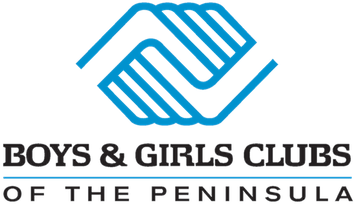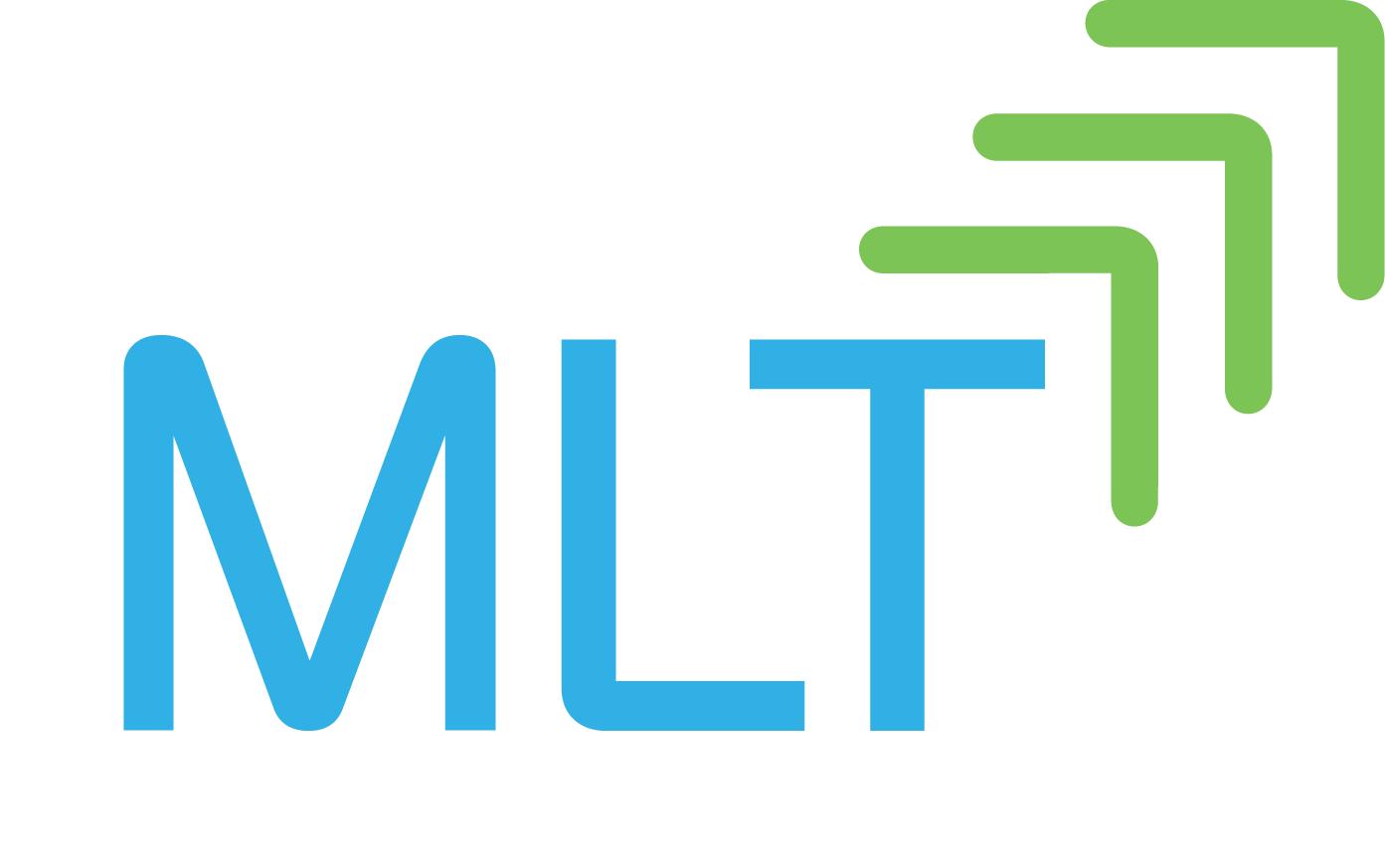In my article for Stanford Social Innovation Review (SSIR), "How Leaders Can Strengthen Organizational Culture" (July 2018), I wanted to demystify an elusive concept and provide practical examples of what social impact leaders can do to drive high performance and healthy cultures. The article is also a response to the growing outcry over toxic cultures in several high-profile nonprofit organizations, including in our own backyard of Silicon Valley. Here, I go beyond the brief examples cited in SSIR and offer more detail about the intentional practices required for building healthy organizational cultures and how they are inextricably linked to an organization’s impact.
All five organizations cited in the SSIR article are well-known to our firm through direct board service or long-term advisory relationships. Each organization’s executive leadership is widely admired for a relentless focus on performance and for building strong, positive cultures through accountability, transparency, and learning for continuous improvement. They are also places where board and staff alike feel valued for their contributions, providing input and feedback to help the organization improve and grow. Each organization provided me with a deeper perspective on their practices for building healthy cultures. This added detail shows the commitment and holistic nature of this work, as well as the practical disciplines implemented by leadership.

The Center for Effective Philanthropy (CEP) develops data and insight to improve the performance of funders. The SSIR article highlighted the importance of CEP’s annual review process to its high performance and positive culture. And the CEO, Phil Buchanan, shared additional practices that go even deeper:
-
A cross-organizational task force was formed to put together a statement about CEP’s culture. The task force gathered input from the entire staff and iterated numerous drafts based on their feedback. The resulting document titled, “CEP’s Culture: A Working Document,” is shared publicly and can be found here.
-
CEP’s board assesses its own board culture and practice every two years using the survey tool available through BoardSource. They dedicate an executive session to discussing the results.

The Sobrato Family Foundation (SFF) is dedicated to making Silicon Valley a place of opportunity for all its residents. In the SSIR article, I described the internal document staff developed to articulate its culture and the norms and behaviors expected of its team both inside and outside the Foundation.
Mara Williams Low, Program Director of SFF, described how this “culture and behaviors” document is used as a tool for accountability by the staff who created it. In addition to the work the staff did to co-create the values and develop these behavioral commitments, the Foundation went even further and embedded the values in their performance evaluation. As part of the annual performance planning, the Foundation:
-
Implements a 360-feedback process so employees can receive feedback from a wide range of people working around them.
-
Each staff member reflects on how well they and their peers have embodied the organizational values.
-
The reflections are then factored into final performance reviews and support discussions among employees and managers to surface tensions between the stated values and the realities that could undermine them.

Boys and Girls Club of the Peninsula (BGCP) provides low-income youth of the Silicon Valley community with the opportunities they need to achieve academic and career success. The SSIR article cited BGCP as an example of fair and equitable compensation. Executive Director Peter Fortenbaugh provided more context and also shared key points from a memo he wrote to his board that argues that increased staff compensation has resulted in a higher cost program model, and also a healthier, more sustainable one. The key points are as follows:
-
BGCP sees its staff as one of three key stakeholder groups, along with its clients and its donors. It takes the well-being of staff seriously, since they are the main drivers of programmatic impact. The leadership team and Board believe that youth can’t thrive unless their staff is thriving as well.
-
The Club is unapologetic with donors that it has recently been raising staff compensation to address the escalating cost of living in the Bay Area and to ensure employees earn a living wage. By setting their lowest paying positions above minimum wage, they signal to employees their value and critical contribution toward the mission. And since they operate in a highly competitive job environment, they also offer retention bonuses and education reimbursement to increase tenure for staff.
-
The Club’s cost per student served has increased, mostly due to rising staff costs, but staff turnover has plummeted and its positive outcomes for youth are rising. The Club sees this as the full and sustainable cost for providing its programs in such an expensive region of the country.

Management Leadership for Tomorrow (MLT) equips a next generation of high-impact diverse leaders with the skills, coaching, and connections they need to lead organizations and communities worldwide. In the SSIR article, MLT is highlighted for its partnership with companies like LinkedIn to innovate recruiting practices and advance practices focused on Diversity, Equity, and Inclusion (DEI). Mark Taguchi, VP and West Coast Managing Director, offered some additional insight about these kinds of corporate partnerships:
-
The concept of “belonging” is critical for DEI to take hold and flourish. LinkedIn set out to define, embrace, and make belonging part of its culture. The staff shared stories about qwhen and why each of them felt they really belonged at LinkedIn and who helped them feel that way. This brought focus to the role anyone can play in helping make people feel like they belong at an organization.
-
Actions speak louder than words. What makes companies like LinkedIn stand out is that their employees truly embody the vision, mission, and values, which are celebrated and recognized, starting at the top and throughout the organization.
-
LinkedIn views MLT as a strategic partner for their organization. MLT has played two roles by serving as a source of diverse talent and partnering with LinkedIn to innovate, test, and adjust their recruiting processes for diverse talent.
We are grateful to these five organizations for sharing their practices with us and demonstrating the intentional work that building healthy, high performing cultures entails. In each case, systems have been developed to hold the entire organization accountable—from the board and executive leadership to staff—not only for what they accomplish but how they accomplish it.



